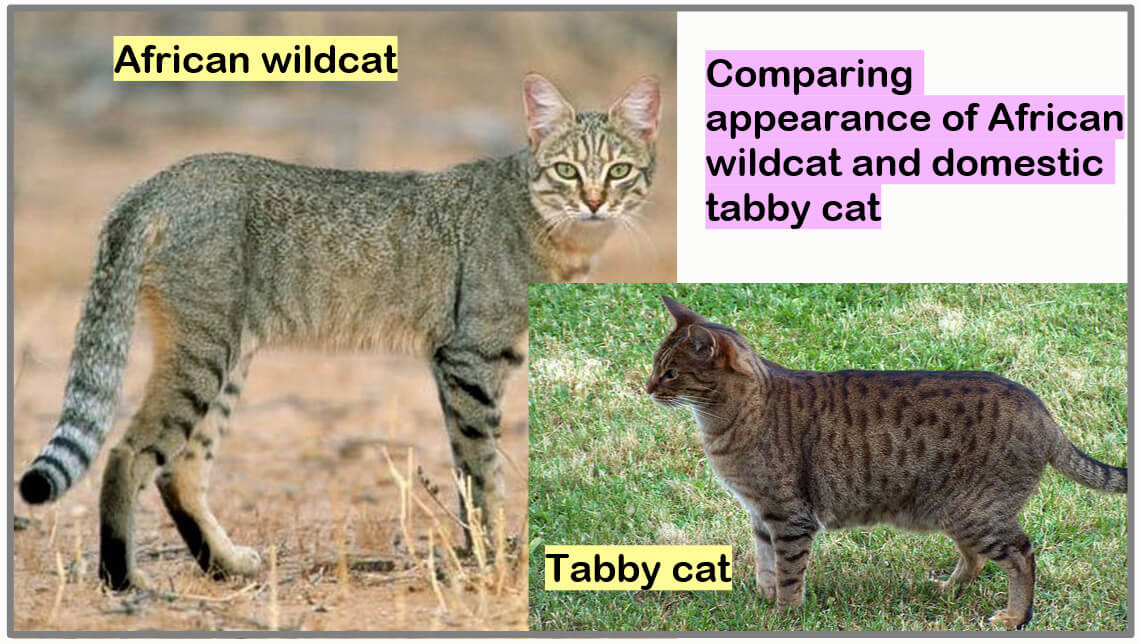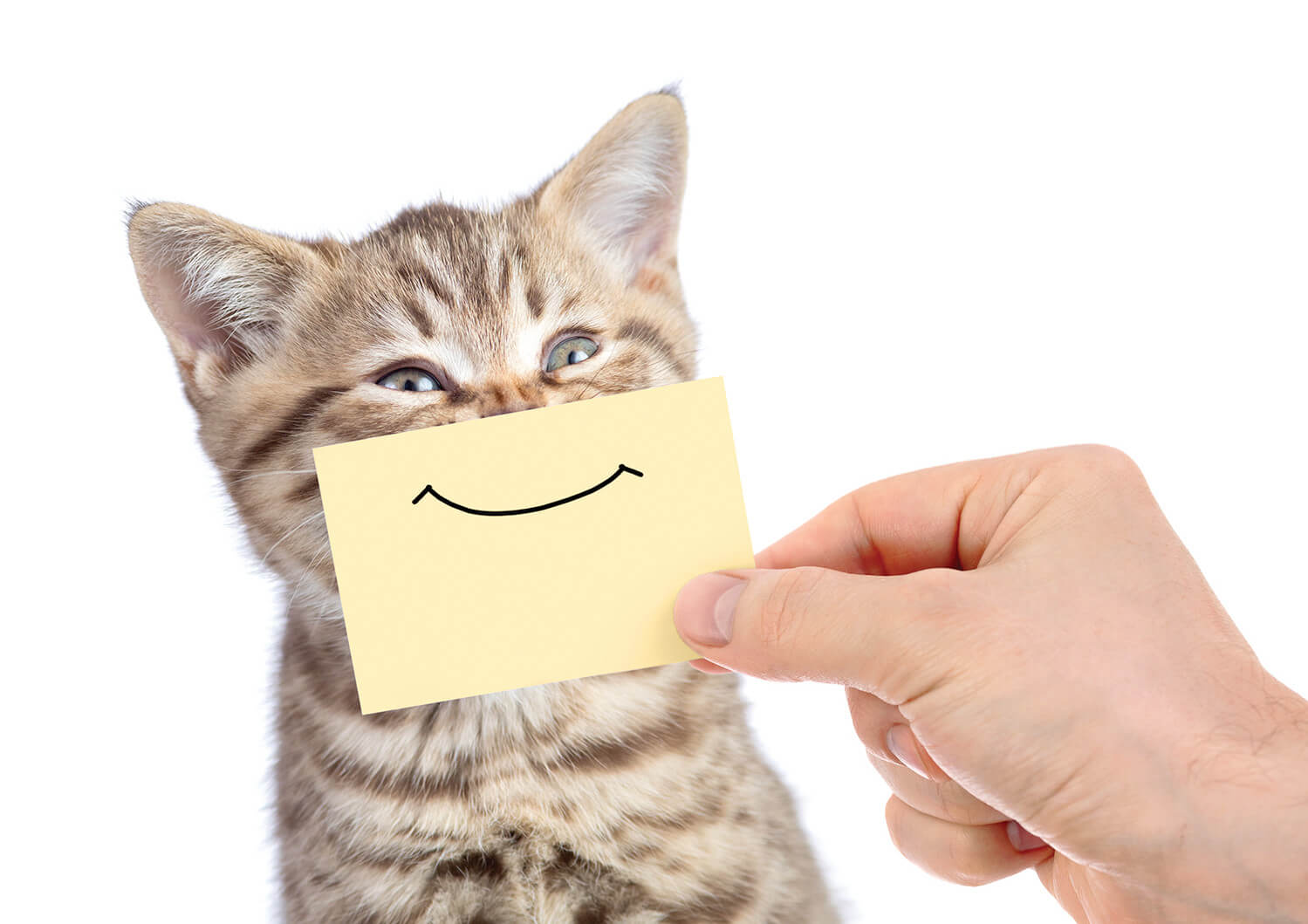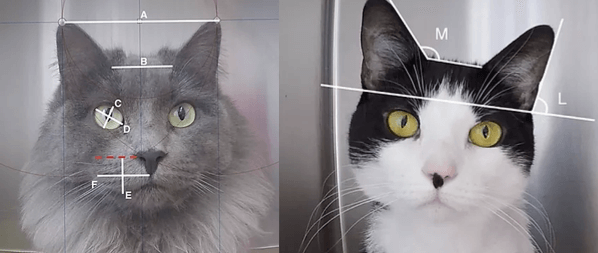If you are a cat owner, you have almost certainly experienced how difficult cats can be to understand. One minute, they’re begging for your attention - the next, they might bite! It’s no secret that cats can be a bit hard to read. We don’t need to blame cats for this – it’s just how they evolved.
Most of our cats descended from the North African Wildcat and started their journey to domestication roughly 9,000 years ago. That may sound like a long time, but let’s compare them to a similar companion animal - the dog. Domestication of the dog started a whopping 20-40,000 years ago – they’ve had twice as much time as cats to develop alongside their human companions! Dogs and their ancestors have always been highly social animals, forming packs, close family bonds, and social hierarchy. Further down the line, domestication even “transformed” the anatomy of dog’s faces, in order to help them show expression and communicate even more efficiently with humans.

Felines, on the other hand, have not classically had social structures as sophisticated as canines. The North African Wildcat is a highly solitary creature, almost never coming into contact with others of its kind except the brief four-month period they are reared by their mothers, and for mating. Due to their lonely nature, specialized facial expressions and tools that aided social interaction were simply unneeded by the species, and so, interspecies communication with cats has remained largely a mystery.

For many years, researchers have studied the best way to be able to interpret the secret facial and body language of cats. The key to a closer bond with cats is understanding their wants, fears, joys, and pains. Today, we’re diving into one of these in particular – one that we deal with particularly in the veterinary field – and that is pain.
Cats are masters at hiding pain. This trait comes, yet again, from their ancestors. In the wild, showing weakness and vulnerability could mean becoming another animal’s prey. Because of this self-preservation instinct, signs of discomfort and illness in cats can go unnoticed, prolonging the cat’s suffering, and keeping the cat from receiving the veterinary care it needs.

Last year, researchers at the University of Montreal lead by Dr. Paulo Steagall began the development of a new tool to help veterinary professionals assess the pain of feline patients. This new tool, called the Feline Grimace Scale, is quickly becoming the industry-leading pain recognition guide. The study was conducted by videoing both painful and nonpainful cats in local hospitals. These cats were visiting for various reasons – some were sick or had injuries, and others were there for routine checkups. In the painful cats, they analyzed the photos before and after analgesics (painkillers) were given, and carefully measured ear positioning, eyes tension, muzzle tension, head position, and whisker position. These factors, called “actions”, became the basis of the tool. Being able to recognize the most subtle signs pain means that veterinarians and pet owners can better understand the needs of a painful cat.

We are proud to be using the newest pain assessment tool. Here at Cat Care Center, we take pain management very seriously. Dr. Lacie is a member of the International Veterinary Academy of Pain Management, which keeps Cat Care Center up to date on the latest developments in pain-related research. We consider pain to be our fourth critical parameter, along with temperature, pulse, and respiration. Part of being certified cat-friendly means going the extra mile to ensure our patients are as comfortable as possible. Our technicians are trained to recognize pain, and hospitalized patients are closely monitored for any signs of discomfort. Posters of the Feline Grimace Scale can be found throughout our hospital. Keeping up to date with the newest industry standards means better care for our patients!
-Adelaide
We understand that every cat has unique needs and will help formulate an individual plan specialized for your cat.
For more information on how we treat pain, please check out this page: Cat Pain Management
To check out the Feline Grimace Scale, please visit their webpage here: Feline Grimace Scale
Watch the video:


